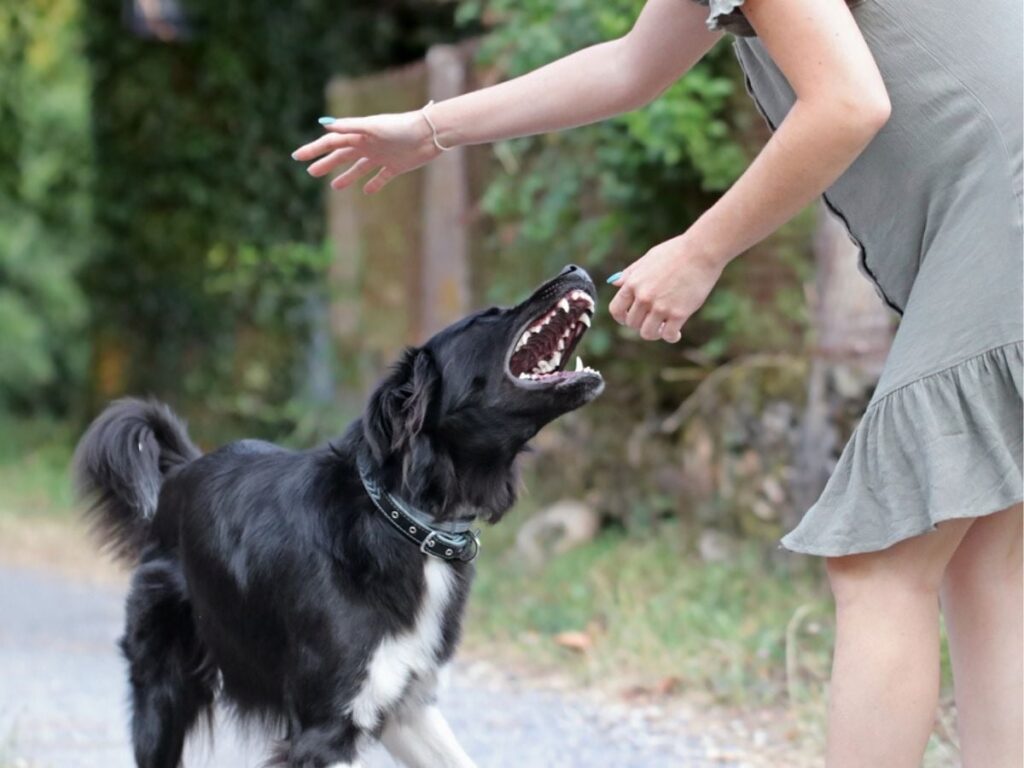Dog bites can be a traumatic experience, often leading to fear and confusion about what steps to take afterward. It is essential to remain calm and follow a series of vital steps to ensure your safety and health. In this article, we will provide a comprehensive guide on what to do when bitten by a dog, including immediate first aid measures, legal considerations, and tips for preventing future incidents.
Immediate Steps After a Dog Bite
1. Stay Calm and Assess the Situation
After being bitten, it is crucial to remain as calm as possible. Take a moment to assess the severity of the bite and determine whether you need immediate medical attention. If the wound is bleeding profusely or if the bite is deep, seek help right away.
2. Clean the Wound
For minor bites, follow these steps to clean the wound:
- Rinse the bite area with soap and warm water for at least 5 to 10 minutes.
- Apply an antiseptic solution to prevent infection.
- Cover the wound with a clean bandage.
3. Control the Bleeding
If the bite is bleeding, apply gentle pressure with a clean cloth or bandage until the bleeding stops. If it does not stop after 10 minutes of pressure, seek medical assistance.
4. Seek Medical Attention
Even if the injury appears minor, it is advisable to consult a healthcare professional. They can assess the wound and determine if further treatment, such as stitches or a tetanus shot, is necessary.
Understanding the Risks
1. Rabies and Other Diseases
One of the primary concerns after a dog bite is the risk of rabies. If the dog is unknown or unvaccinated, report the bite to local health authorities to determine whether rabies exposure is a concern.
2. Infection
Dog bites can lead to infections, even if the initial wound seems minor. Common signs of infection include:
- Swelling and redness around the wound
- Pus or discharge
- Increased pain or tenderness
- Fever
If you experience any of these symptoms, seek medical help immediately.
Legal Considerations
1. Reporting the Bite
It’s essential to report the bite to local animal control authorities, especially if the biting dog was stray or unvaccinated. This step helps ensure the dog’s owner is held accountable and prevents future attacks.
2. Documenting the Incident
Maintain a record of the incident, including:
- Time and location of the bite
- Details of the dog (breed, owner information, etc.)
- Witnesses’ statements, if available
- Photographs of the injury and the scene
This documentation can be crucial for legal claims or insurance purposes.
Preventing Future Dog Bites
1. Understand Dog Behavior
Familiarize yourself with dog body language and behavior signals. Dogs that feel threatened or anxious may bite. Teaching children how to interact safely with dogs is also vital.
2. Advocate for Responsible Dog Ownership
Encourage local regulations that promote responsible pet ownership, such as leash laws and bite prevention education. Community awareness can significantly reduce the incidence of dog bites.
3. Avoid Risky Situations
Be cautious around unfamiliar dogs, especially those that are showing signs of aggression. Always ask the owner’s permission before petting a dog, and avoid surprising or cornering them.
Conclusion
Being bitten by a dog can be a distressing experience, but knowing how to respond can make all the difference. By following the appropriate first aid steps, understanding the risks involved, and reporting the incident, you can protect your health and well-being. Moreover, advocating for responsible pet ownership and educating others about dog behavior can help prevent future bites, contributing to a safer environment for everyone.
